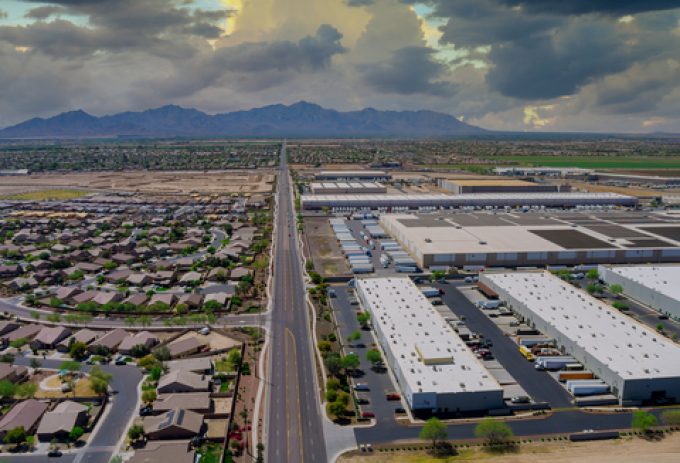South Korean low-cost carriers target growing air e-commerce traffic
South Korean low-cost carriers are moving into the air freight business as e-commerce traffic boosts ...

Warehousing landlords are poised to make more money this year without adding to their footprint, as despite slowing demand leasing rates are expected to rise.
The slower economic conditions last year did not put a dent in the upward momentum of warehouse costs, the US lease rate climbing 20.6% since 2022, to a record $9.72 per sq ft, according to datafrom real estate giant Colliers.
However, the upward momentum in industrial real estate rents slowed in the second half of the year, ...
Asia-USEC shippers to lose 42% capacity in a surge of blanked sailings
Why ROI is driving a shift to smart reefer containers
USTR fees will lead to 'complete destabilisation' of container shipping alliances
New USTR port fees threaten shipping and global supply chains, says Cosco
Outlook for container shipping 'more uncertain now than at the onset of Covid'
Transpac container service closures mount
DHL Express suspends non-de minimis B2C parcels to US consumers

Comment on this article